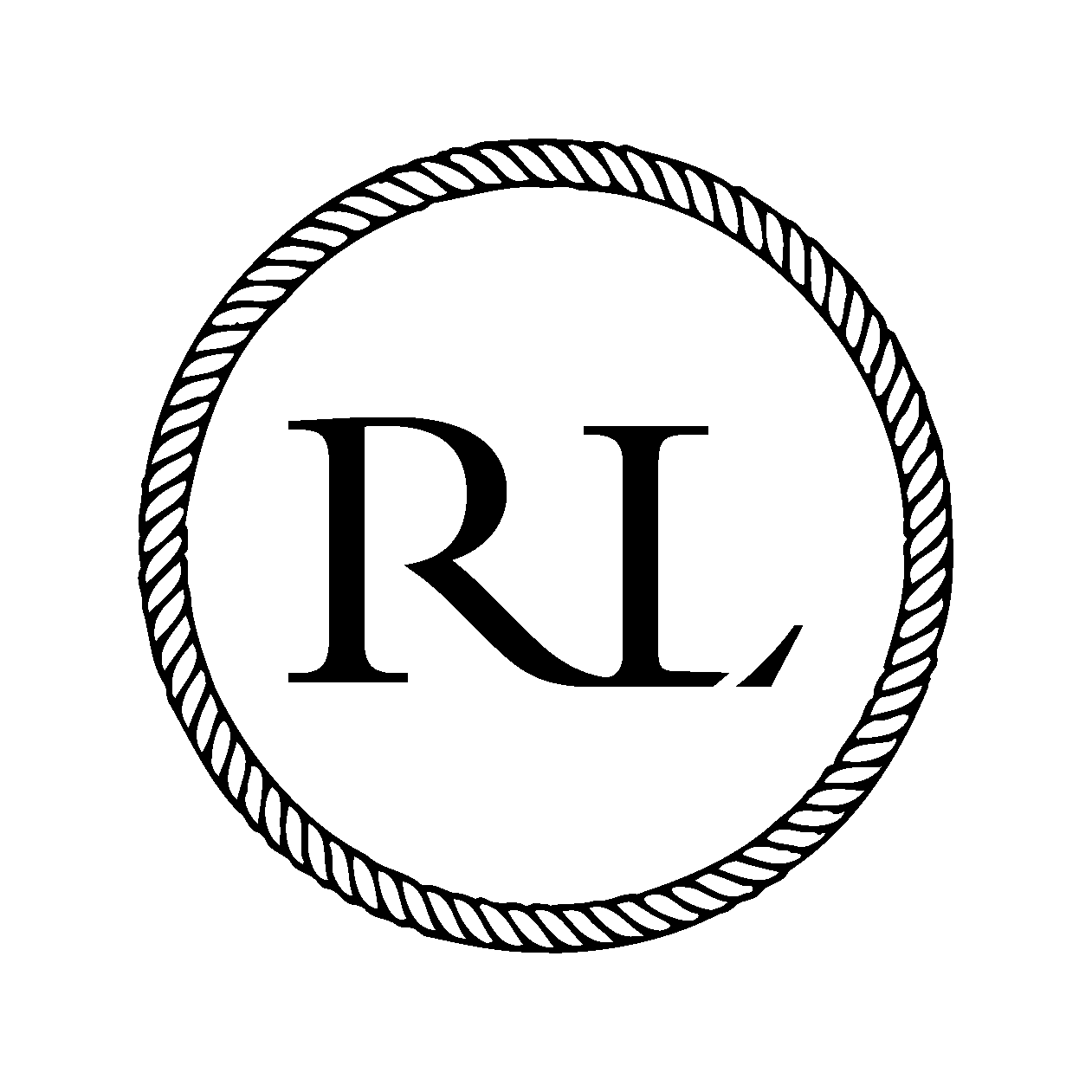What to Expect from a Rhinoplasty Surgery for a Crooked Nose?

A person’s overall facial aesthetics significantly depend on the symmetry of their nose, which is a prominent and central part of the face. A crooked nose can greatly impact someone’s confidence and sense of self, whether due to injury, heredity, or other causes. Moreover, functional problems like trouble breathing can result from a crooked nose. Fortunately, a surgical treatment called rhinoplasty can rectify a crooked nose’s functional and cosmetic issues.
This blog will cover the causes of crooked noses, how breathing is affected, and, most significantly, what to anticipate from rhinoplasty surgery, especially in London, a city known for its superior medical facilities. Whether you’re thinking about getting a nose job to improve your appearance or to help with breathing issues, this information will assist you in making an informed choice.
Table of Contents
- What Are the Causes of a Crooked Nose?
- How Does a Crooked Nose Affect a Person’s Breathing?
- Can Rhinoplasty Repair a Crooked Nose?
- What to Expect From a Rhinoplasty Surgery?
- Consultation
- Treatment Plan
- General Anesthesia
- Short-term Swelling or Bruises
- Recovery Period
- Follow-up Appointments
- Breathe Freely Again: Let Our Rhinoplasty Team Help You Find Relief!
- FAQ’s
What Are the Causes of a Crooked Nose?
A crooked nose can arise from several congenital and acquired causes. Some of the main reasons are as follows:
- Genetics: It plays a vital role in the structure of your nose. You have a higher chance of developing a crooked nose if your parents or ancestors did.
- Trauma or Injury: The most common cause of a crooked nose is trauma, such as a sports injury, car accident, or even just a fall. The nasal bones can easily deform or break on impact.
- Deviated Septum: A septum is a muscle that separates your nose. A tilted septum can make one side of your nose more prominent than the other. This can be a congenital condition or the result of trauma.
- Ageing: The nasal cartilage may deteriorate with age, giving the face a drooping or misplaced aspect.
How Does a Crooked Nose Affect a Person’s Breathing?
In addition to being unsightly, a crooked nose can significantly affect breathing. For best airflow, the nasal passageways must be free of obstructions and transparent. Breathing issues may arise from malalignment of the nasal septum or other anatomical components. Here’s how a crooked nose can impact breathing:
- Nasal Congestion: A crooked nose can block the nasal passages, making breathing difficult through one or both nostrils.
- Snoring: A deviated septum or dysfunctional nasal passages can increase the chances of sneezing, interfering with sex with your partner.
- Chronic Sinusitis: Poor airflow due to a crooked nose leads to recurrent sinusitis and chronic sinusitis, leading to discomfort and decreased quality of life
- Reduced Oxygen: Difficult breathing can minimise oxygen intake, affecting overall health and well-being.
Can Rhinoplasty Repair a Crooked Nose?
Rhinoplasty, often referred to as a “nose job,” is a surgical treatment that can address both cosmetic and functional issues related to the nose. It is a versatile procedure that can work wonders, especially for individuals wondering, “Why is my nose crooked to one side?” A more symmetrical and harmonious appearance is achieved by relocating and reshaping the nasal bones and cartilage. Rhinoplasty can straighten a crooked nose in the following ways:
- Straightening: If a deviated septum primarily causes the crooked nose, the surgeon can straighten the nose and realign it accordingly.
- Bone and Cartilage Realignment: When the nose is crooked due to trauma or genetic factors, the surgeon will realign the bone and cartilage to maintain a healthy and balanced appearance.
- Balance Symmetry: Rhinoplasty can also address asymmetry in the nose, ensuring that both sides are proportionate and aesthetically pleasing.
- Enhances Functionality: A rhinoplasty improves the nose’s appearance and function by correcting systemic issues that prevent airflow.
What to Expect From a Rhinoplasty Surgery?
Rhinoplasty is a delicate surgical treatment that must be planned and carried out carefully. Here are some expectations for you during different phases of the nose job in London if you’re thinking about having this surgery:
1. Consultation
Your journey begins with a board-certified facial plastic surgeon specialising in rhinoplasty. In this discussion:
- You will discuss your goals and concerns, both aesthetic and functional.
- The surgeon will assess the current condition of your nose, including breathing difficulty.
- Your medical history will be reviewed to ensure you are a suitable candidate for the procedure.
- The surgeon will create a model of your nose using advanced imaging techniques to visualise the possible outcomes.
- The discussion is essential in establishing a clear understanding between you and your surgeon and ensuring realistic expectations.
2. Treatment Plan
Based on the consultation, the surgeon will develop an individualised treatment plan that addresses your specific needs and objectives. This plan includes the following:
- Description of surgical techniques.
- Scheduling and recovery.
- Information on preoperative and postoperative care.
- Cost estimates, including any possible insurance for functional improvement.
- Your surgeon will explain the treatment plan in detail, answer any questions you may have, and help you make an informed surgical decision.
3. General Anesthesia
Rhinoplasty in London is usually performed under general anaesthesia, leaving you comfortable and pain-free throughout the procedure. An anesthesiologist will monitor you closely to ensure your safety. The operation involves the following steps.
- Incision: Depending on the surgical technique, an incision can be made in the nasal cavity (closed mouth) or around the columella (a muscle that separates the nose) to create an open mouth.
- Reconstruction: The surgeon will carefully reconstruct the bone and cartilage to achieve the desired result. This may involve removing excess tissue or adding grafts where augmentation is needed.
- Sutures: After reconstructing the nose, the surgeon will use sutures to close the incisions and secure the nose with a splint or wire to support the newly created nose structure.
- Recovery Room: Following the procedure, you will be well cared for in the recovery room as the effects of the anaesthesia subside.
4. Short-term Swelling or Bruises
Following a rhinoplasty, minor swelling and bruises are typical. This will eventually resolve because it’s a standard component of the healing process. As you heal from the procedure, which may take several weeks, be prepared for some downtime. It’s critical to adhere to your surgeon’s post-operative care instructions to minimise discomfort and avoid swelling.
5. Recovery Period
Recovery time after rhinoplasty can vary from person to person, but here is a detailed timeline of what to expect.
- For immediate recovery: You may experience discomfort and swelling immediately after surgery. Pain medication will be prescribed to manage discomfort. It’s essential to keep your head up during this time and avoid strenuous activity.
- Week 1: Swelling and bruising will be more pronounced in the first week. You must wear a nasal spray to help with the healing process.
- Month 1: Although external swelling and bruising are significantly reduced, some internal swelling may persist, affecting your breathing. You will still need to be careful with strenuous activities.
- Months 2-6: Over the next few months, your nose will continue to heal and take final shape. Breathing will improve, and the swelling will gradually subside.
6. Follow-up Appointments
You must schedule follow-up sessions to track your progress and treat any issues or complications that may develop. These meetings usually occur during the first year following your operation at different times. When your surgeon visits you, they will:
- Check if the surgery site is healing properly by doing an examination.
- Assess your breathing and take care of any functional issues.
- Assist with any inquiries and offer advice on sustaining your outcomes.
Breathe Freely Again: Let Our Rhinoplasty Team Help You Find Relief!
One of the greatest cities in the world for medical care is London. If you’re considering surgery, Rhinoplasty LDN offers the best surgeon in the UK to help you reach your objectives. Our surgeons’ knowledge and experience can guide you through the procedure and provide a safe and effective result, regardless of whether your primary concern is functional or cosmetic.
You should be able to breathe freely and feel confident despite having a crooked nose. Consult with us right now to start along the path to a more peaceful and comfortable future.
FAQ’s
Common causes of a crooked nose include genetics, trauma or injury, a deviated septum, and the natural ageing process.
